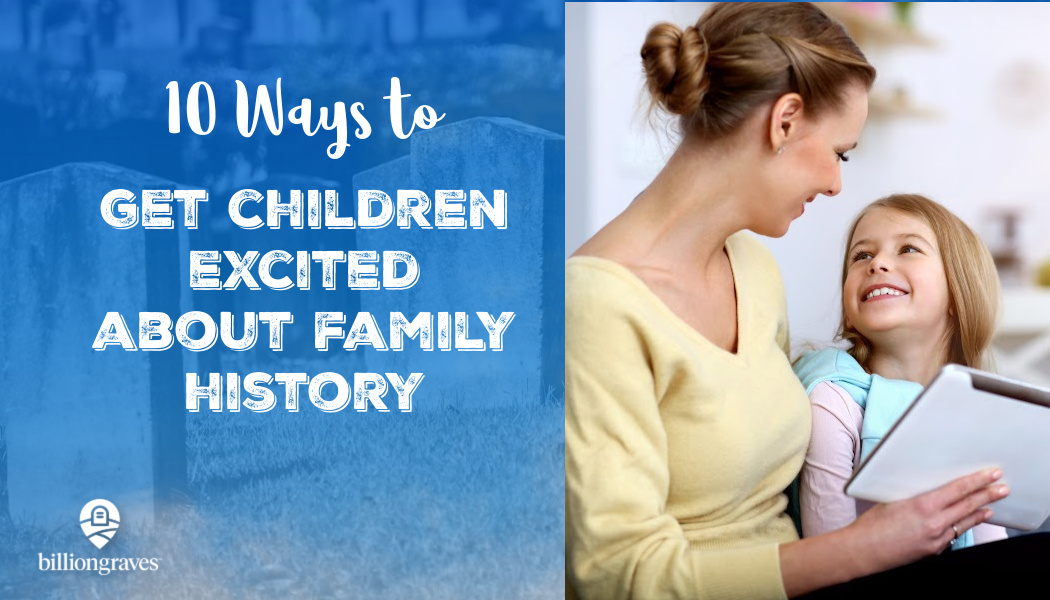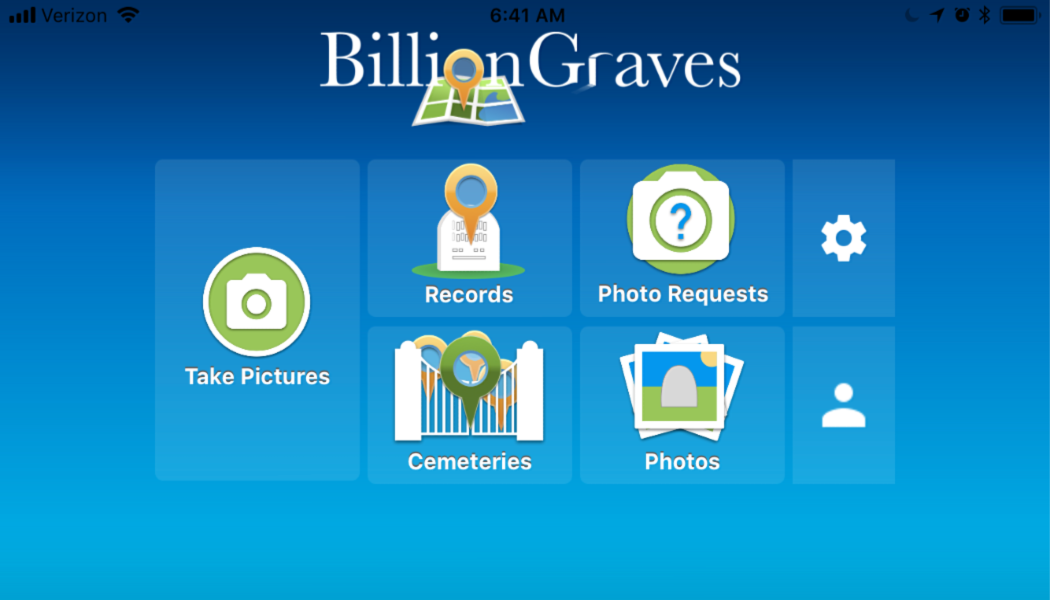What will happen to your family history collection when you turn the corner from being a researcher to being an ancestor? Will one of your children or grandchildren love family history like you do and take good care of it?
My interest in family history began when I was a little girl in the homes of my grandmother, Marguerite Alice, and her identical twin sister, Alice Marguerite.
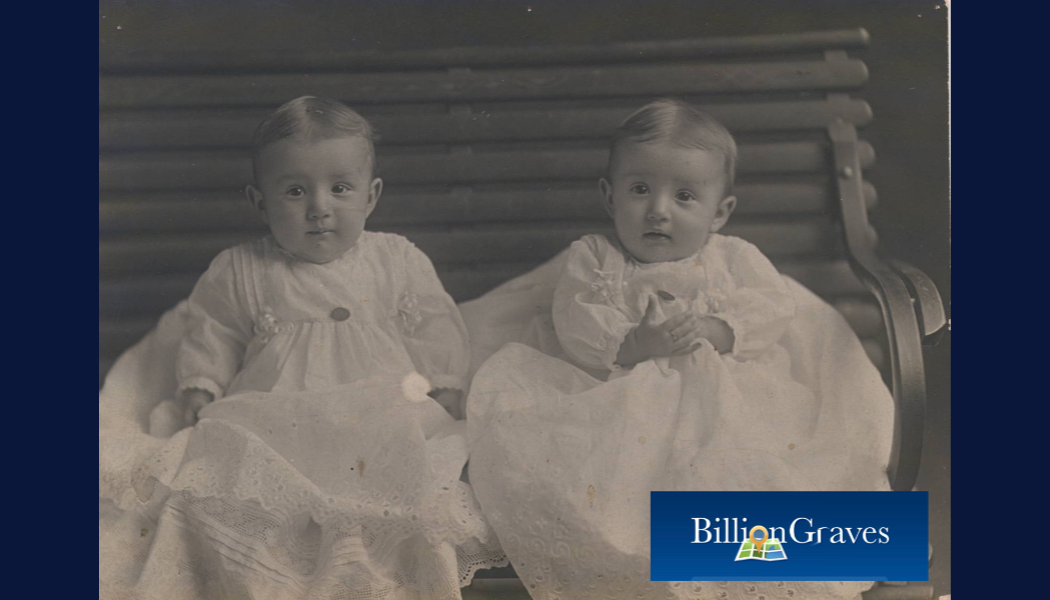
Family heirlooms were not just something they kept in boxes in the attic. We could play with many of them. Cast iron toys and tiny porcelain dishes sat on a low shelf. The dress-up box held high heels and fancy gowns.
In one bedroom, there was a gallery wall of family photos. The twins talked about these people and I came to recognize them. I could tell that my “twin-grandmas” loved them.
These twins had fun stories to tell too. They switched places in school classes and on double dates since no one could tell them apart. They told me about their grandmother who lived in a log cabin and traded her homemade bread for venison with Native Americans in Michigan.
One day my great-aunt pulled out a huge paper chart with carefully handwritten names that traced our family back to the Mayflower. I was hooked.
You can spark an interest in family history for your children or grandchildren with a little creativity. Here are 10 fun ways to get started.
1. Take Photos of Gravestones at Your Local Cemetery
Your children will love getting to use a phone camera to take photos at the cemetery. It is super easy using the free Billion Graves app. Download the app on your phone. Take your children to your local cemetery and start snapping photos.
As you take photos in one row, your child can take photos in the next row. They can leap-frog over your row when theirs is done.
Click HERE to get started.
Photo-taking Tips:
- Be sure all names and dates are in the frame.
- If your shadow casts over the gravestone, stand off to the side.
- Clear away grass clippings and weeds that block information.
- Hold living plants and floral arrangements aside while you take the photo.
- The youngest children or those without smartphones can help others by clearing debris away from the headstones.
- If a gravestone is difficult to read, you can try spraying it with water or applying baby powder.
- If the headstone has information on more than one side, use the link icon in the corner of the screen to link them together.
- You can use the pencil icon in the other corner of the screen to transcribe photos that may be difficult for transcribers to read in a photo.
- Upload your photos when you are done by clicking the “upload photos” button on the app. You can do this at the cemetery using data or after you return home using a Wi-fi connection.
- For more information and tutorials click HERE.
2. Fill Out a Family Tree
Your children can fill out this cute My Family Tree printable to help them begin to understand how they fit into your family history. Even the youngest can draw a picture of the people on your family tree.
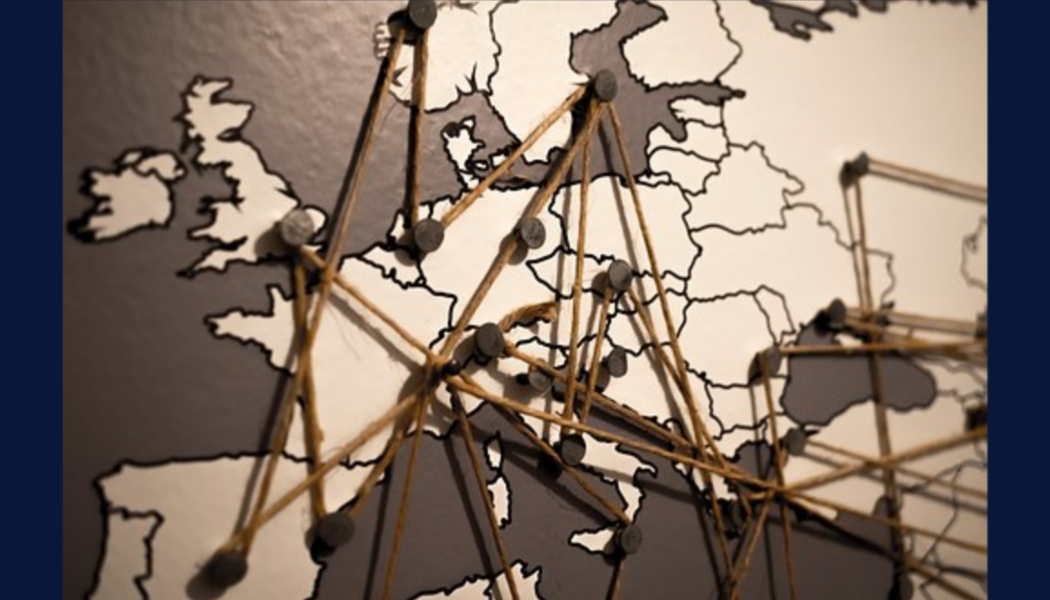
3. Hang a Family History Map
Hang a big map on the wall and let your children put stickers on the places their ancestors lived.
I had our family ancestor map laminated so it would last. Our children used wet-erase markers to draw the path our ancestors traveled as they moved to a new city or emigrated from another country.
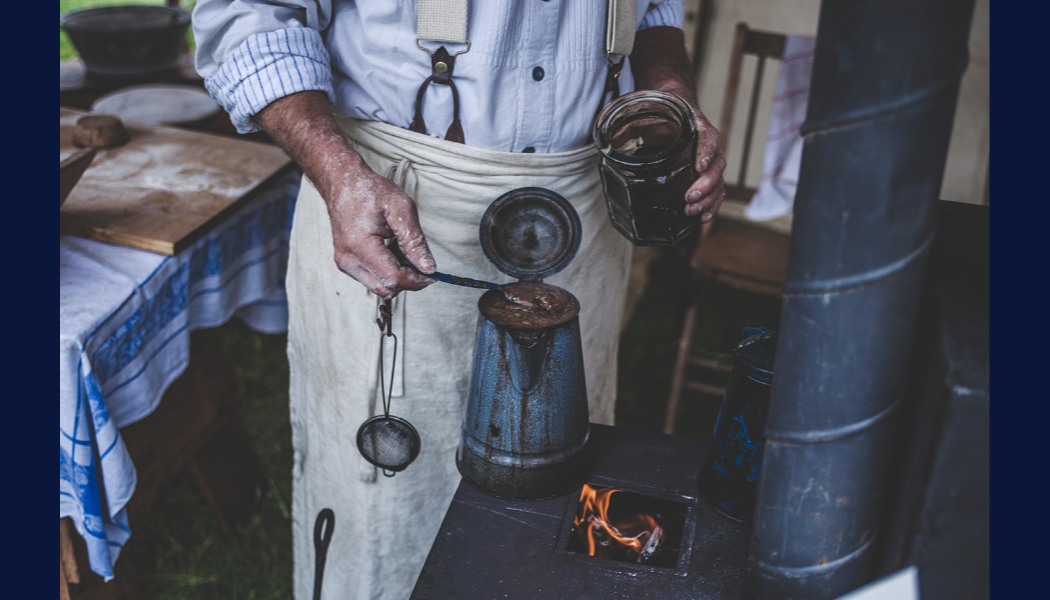
4. Create a Timeline
If your children can picture the special events in the lives of their ancestors they will begin to get excited about their family history.
Create a timeline to hang down your hallway by running a strip of washi tape down the length of the wall. (It comes in such fun colors!) Add another little strip of washi tape every 3 inches to mark off the years.
Photocopy pictures of your ancestors (or print paper images if they are loaded on your computer). Let your children tape the pictures to the timeline. If you don’t have any photos of particular ancestors, use pictures that you find on the internet of people with the same occupation or wearing clothing from the same time period.
Find some fun examples from their ancestor’s lives – like the day their great-grandfather watched the elephants with the traveling circus being unloaded from a train or the day their great-grandmother helped put out a fire on her ship as she emigrated from Ireland.
Here are some Timeline Cards for your children to fill in dates and events from your ancestor’s lives. Or they can enter historical events from the area where your ancestors lived. Have your children cut out the labels and tape them to the timeline.

5. Tell Ancestor Stories
Bedtime stories can become ancestor stories. Ten minutes in the car while running errands can be just enough time to tell a story or two about your parents or grandparents.
Do you have a tailor, a sailor, or a whaler in the family? What about a soldier or a servant? You may not have every detail about your ancestor’s life, but you could probably tell your children what people with those occupations did.
Which of your ancestors lived during the Great Depression? How did that impact their lives? Who lived during the world wars? Did they use ration books or plant a victory garden? Do your children know about these things?
Stories can be one of the best ways to build children’s excitement for family history.

6. Create an Ancestor Dress-Up Box
Let your children walk in their ancestor’s shoes – literally! Or wear their hat. Or try on their fur collar.
Obviously, you don’t want to let little ones play with valuable heirlooms, but some simple props linked with some good stories will go a long way. If you don’t have any family artifacts that can be used as playthings find some substitutes in antique shops, thrift stores, or through online auction sites.
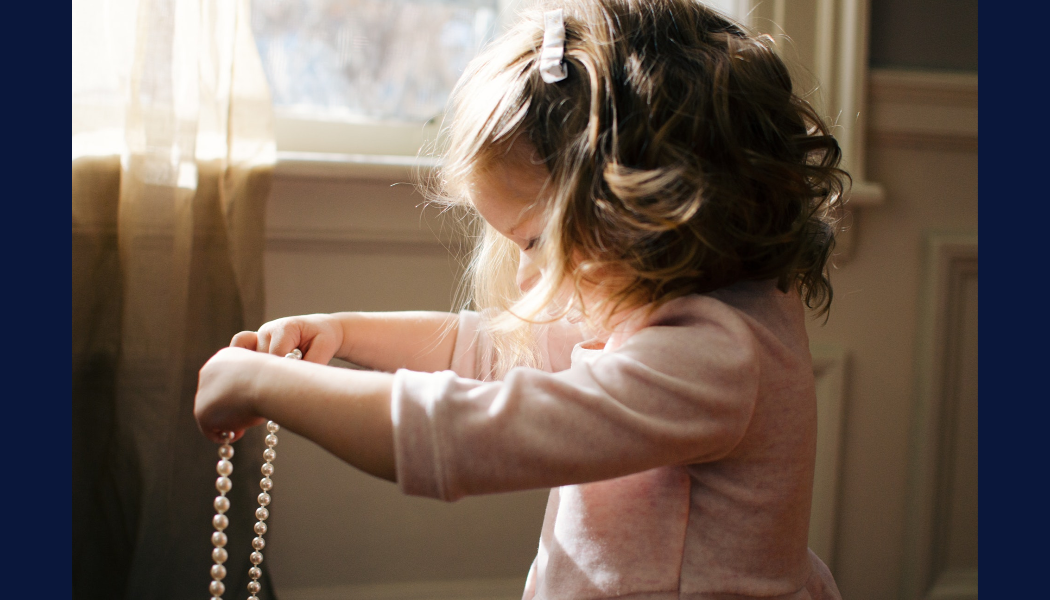
7. Give Family Heirlooms as Gifts
If you inherited something like Grandma’s jewelry or Grandpa’s fishing rod consider passing those items down to your posterity as wrapped gifts. They will be valued more if they are treated like special presents.
If you did not inherit the family treasures, you could find substitutes that may start an interest in family history. For example, you could give a string of pearls to each daughter or granddaughter with a note about how your grandmother always wore pearls to special events. Or give a gag gift – with a written story about an ancestor who was a prankster – to encourage your children to develop a sense of humor like their great-granddad.

8. Make Ancestor Coloring Books
With a quick online search, you can find coloring pages on just about any topic. If you have an ancestor that was a lumberjack try searching for “lumberjack coloring page”.
Searching for a country, such as “Germany coloring page” will give a wide variety of pictures. Print them off and staple them together to create a custom family coloring book.

9. Look at Family Photo Albums Together
If a picture is worth a thousand words, a family photo album is priceless.
Which grandparent do they think they most look like? Which of their ancestors matches stories they have heard?
Compare your children’s baby photos to your own. Can they make the same silly faces that their ancestors are making in their photos?
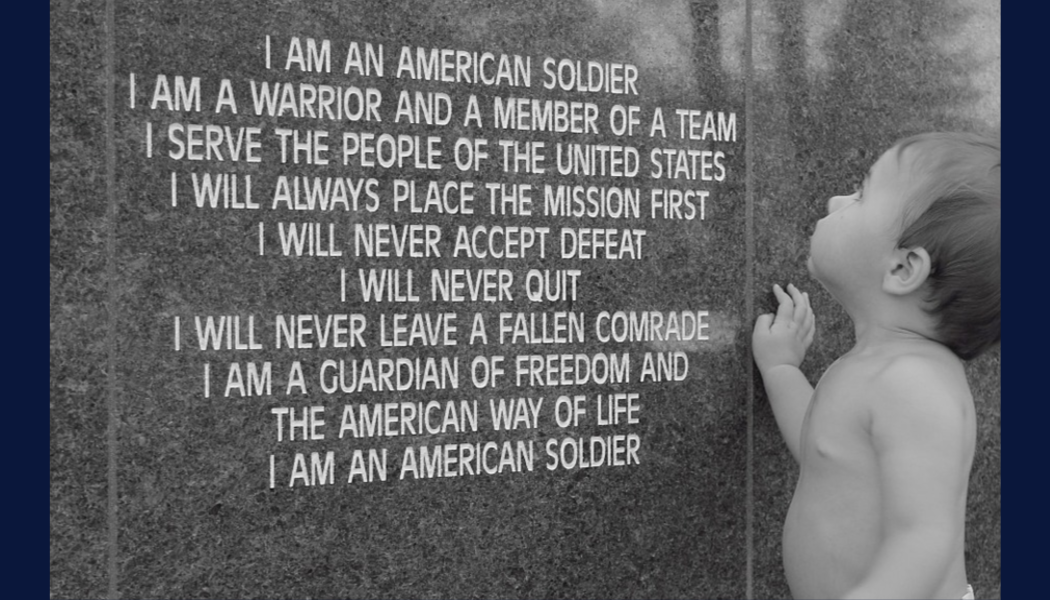
10. Photograph a Cemetery
Set a goal to take photos of every gravestone in a particular cemetery. This will teach your children to not only love their own ancestors but to help others who are trying to find theirs.
Click HERE to get started.
We hope you have a great time as you watch your children get excited about family history!
Happy Cemetery Hopping!
Cathy Wallace

